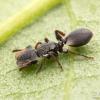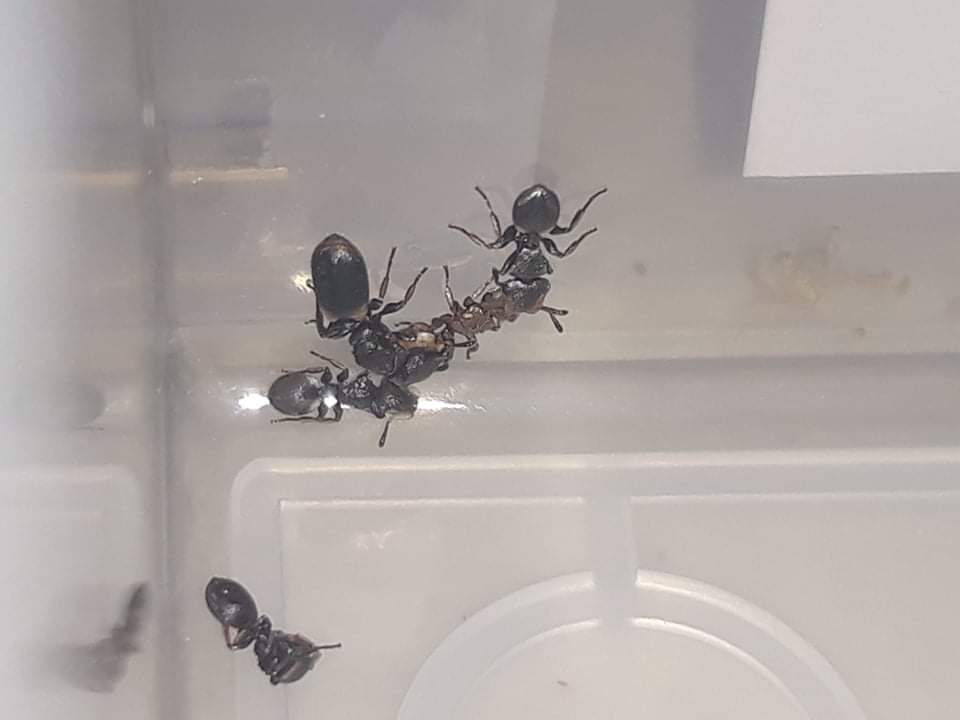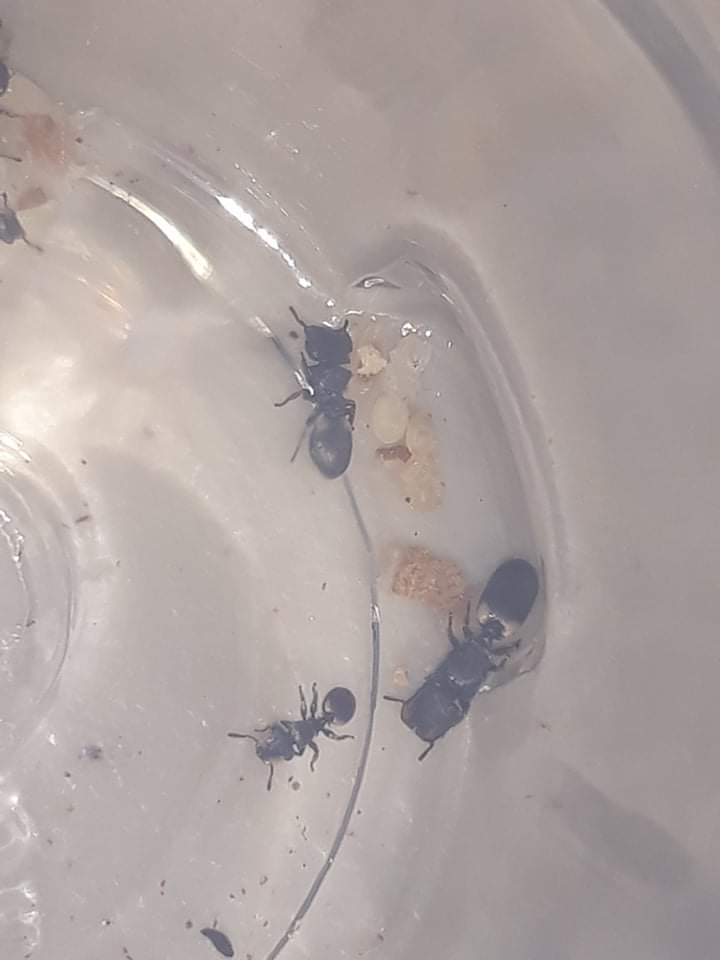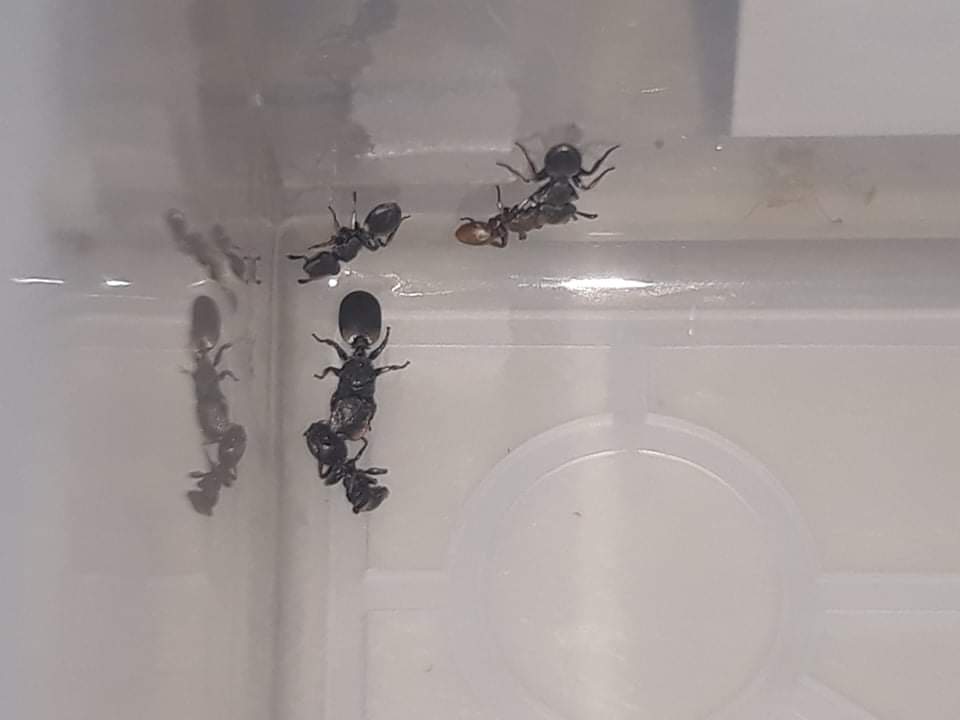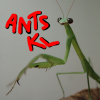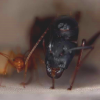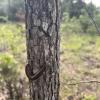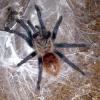So, I found a Cephalotes texanus queen as I was collecting and it was a lot smaller than my other queens that I had caught. (I'll upload pictures soon to show) The reason I know it's a queen despite being the size of a worker is that she has wing scars and all the other traits of a queen EXCEPT she is half the size of a queen!! Does anyone know why this happened? Is it a new subspecies, parasitic species, or a genetic mutation? I also know that Cephalotes is not commonly kept due to being very limited here in the USA to only small parts of Miami (for Cephalotes varians), Southern Arizona, and South Texas. I am currently in Brownsville, TX. Does anyone know much about their care too? I've been watching colonies of these gals for a while and studying their nest structures and habits. I've learned that Cephalotes is polygynus and love dry sticks to live in. Very similar to Pseudomyrmex in living style. They also never attack other ants! But if anyone could help me answer this question that would be awesome! I've never seen anything like this! And if it's a common thing, what's it called so I can research it? (And if it's not normal, I'll document it's behavior in a Journal for you all! Well, actually, I plan on doing this anyway with this species since it's not well kept and there is no knowledge on here about them!) Thank you!! Pictures of what they look like (not mine, I'll add mine once I get good photos).



*I added my photos of her. There's one with a normal sized queen and 2 of the queen that I found.*
Edited by TexTech, July 19 2021 - 6:07 PM.

